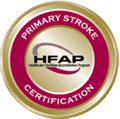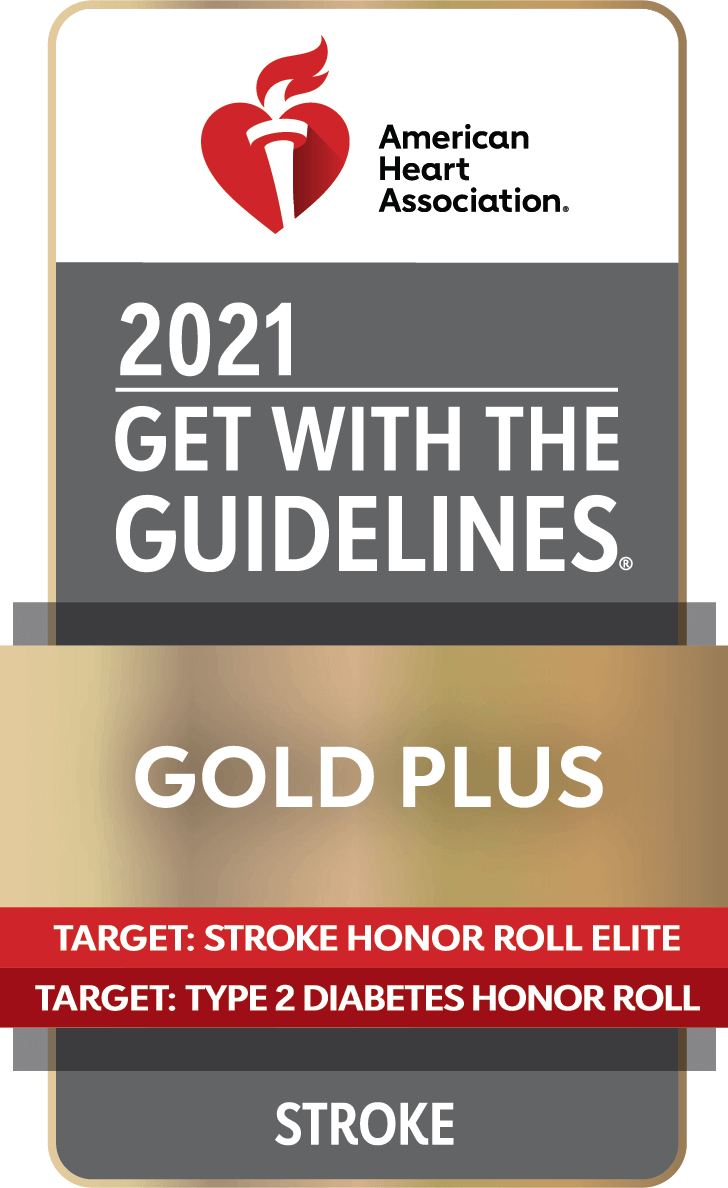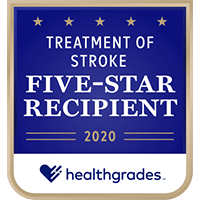Neurology & Stroke Care
Understanding Stroke
 Stroke is the fifth leading cause of death and the leading cause of adult disability in the United States. Stroke kills about 140,000 Americans each year, with Michigan accounting for 5,180 deaths from stroke in 2018.
Stroke is the fifth leading cause of death and the leading cause of adult disability in the United States. Stroke kills about 140,000 Americans each year, with Michigan accounting for 5,180 deaths from stroke in 2018.
Stroke is a disease that affects the arteries leading to and within the brain. It occurs when a blood vessel that carries oxygen and nutrients to the brain is either blocked by a clot or bursts. When that happens, part of the brain cannot get the blood (and oxygen) it needs, so it starts to die. About 80% of strokes are preventable.
For further information, contact us at 734-458-3300
Types of Strokes
Ischemic Stroke
Ischemic stroke is a sudden loss of function due to the loss of blood supply to the brain that controls that function. This is caused by a blockage of an artery.
Hemorrhagic Stroke
There are two types of hemorrhagic stroke:
- Intracerebral Hemorrhage
When an artery suddenly bursts and releases blood inside the brain. This blood can damage the brain tissues, causing a stroke, and can increase pressure inside the skull. - Subarachnoid Hemorrhage
When a cerebral aneurysm (an abnormal outpouching of an artery) ruptures, it causes a release of blood into space outside of the brain, between the skull and the brain itself. This blood can also cause a sudden increase in pressure inside the skull.
When an artery suddenly bursts and releases blood inside the brain. This blood can damage the brain tissues, causing a stroke, and can increase pressure inside the skull.
Transient Ischemic Attack (TIA)
Most people call it a “mini-stroke,” but really it is a “warning stroke.” It is caused by a clot, but the blockage is temporary. Symptoms occur fast and last a short time, lasting less than five minutes. When it is over, there is no permanent injury to the brain. About a third of people who experience TIA go on to have a stroke within a year.
Effects of Strokes
The brain is an extremely complex organ that controls various body functions. If a stroke occurs and blood flow can not reach the region that controls a particular body function, that part of the body will not work as it should. Some of the disabilities of stroke include:
- Paralysis on the right or left side of the body
- Speech/language problems
- Slow, cautious or quick, inquisitive behavioral style
- Memory loss
- Vision problems
Stroke Risk Factors
The following risk factors cannot be controlled:
- Age – There is a higher risk of having a stroke after the age of 55. While it is common among the elderly, there are people under 55 who have strokes.
- Family History – If your parent, grandparent, sister or brother has had a stroke, your chance is greater. Some strokes may be symptoms of genetic disorders, caused by a gene mutation that leads to damage of blood vessel walls in the brain, blocking blood flow
- Race – In the U.S., African Americans have a higher risk of death from a stroke than other nationalities. This is partly because they have higher risks for high blood pressure, diabetes and obesity.
- Gender – Stroke is more common in men than in women. However, more women die from stroke than men, mainly due to the use of birth control pills and pregnancy.
- Prior Stroke, TIA or Heart Attack – The risk of stroke for someone who has already had a stroke is significantly higher than that of a person who has not.
The following risk factors can be treated and controlled
- High blood pressure
- Cigarette smoking
- Diabetes mellitus
- Carotid or other artery diseases
- Peripheral artery disease
- Atrial fibrillation (heart rhythm disorder)
- Heart failure
- Dilated cardiomyopathy (an enlarged heart)
- Congenital heart defects
- Sickle cell disease
- High blood cholesterol
- Poor diet
- Physical inactivity and obesity
Orthopedics

Emergency Services
Rehabilitation
Breast Care Center







